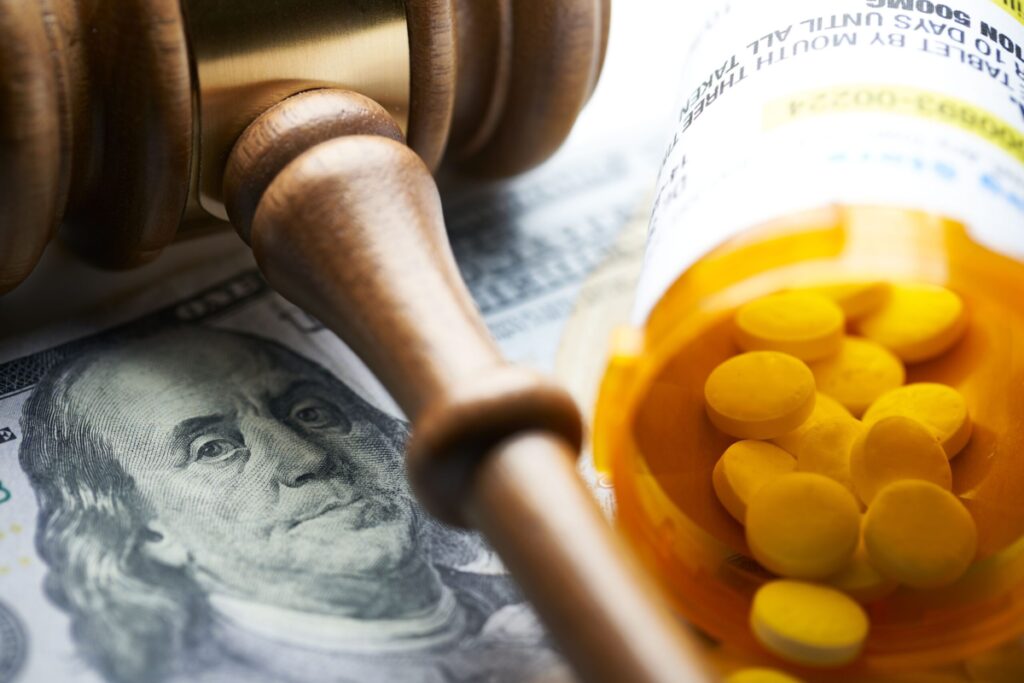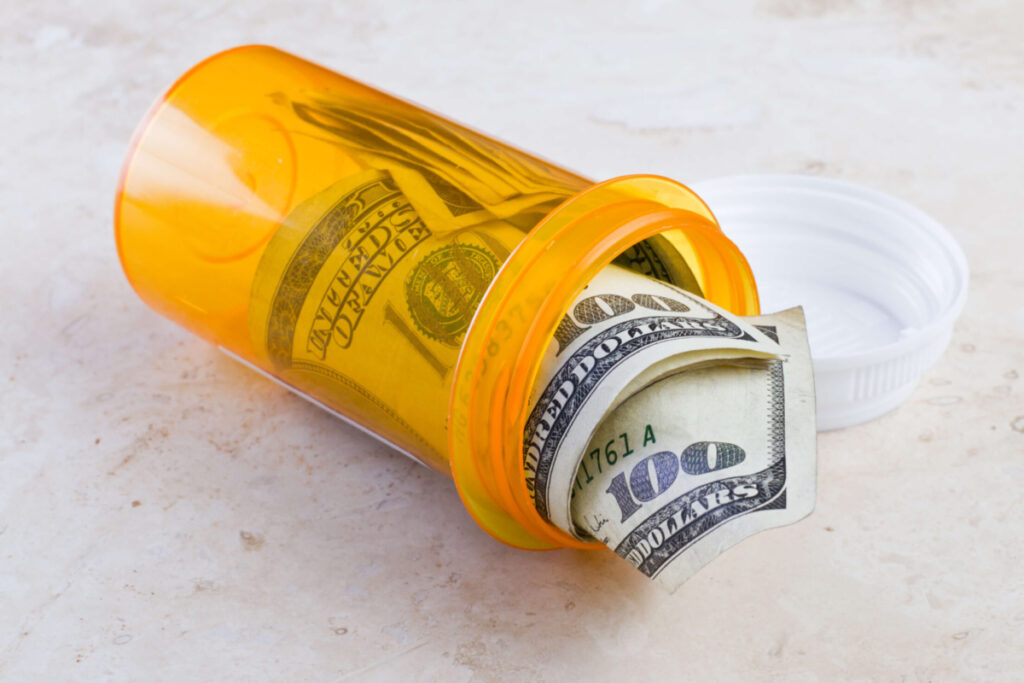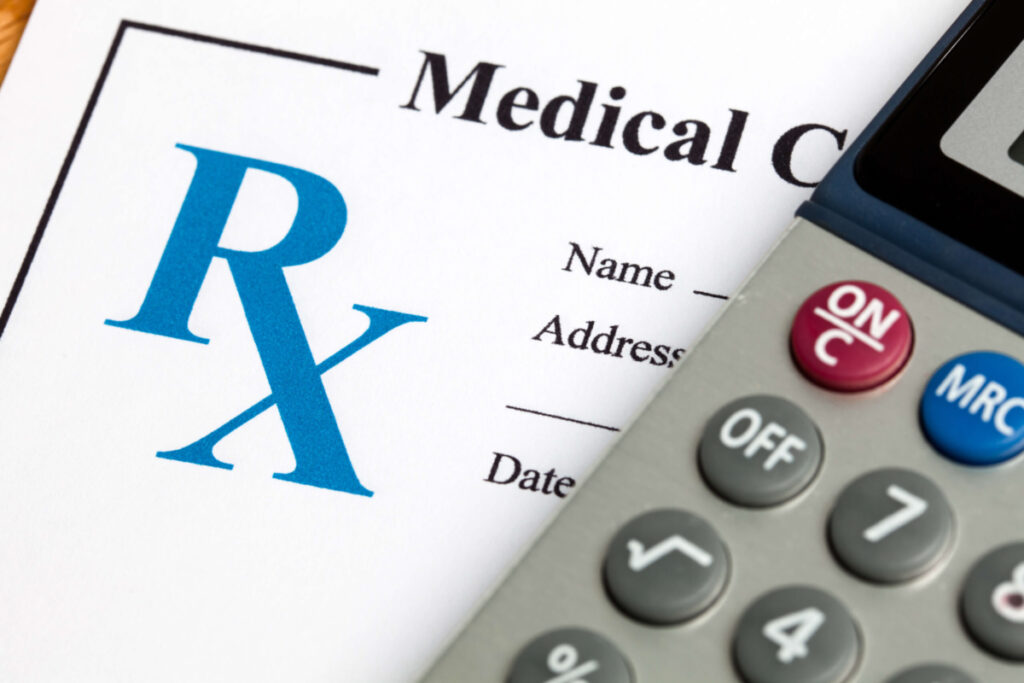States’ drug price transparency programs are effectively analyzing and reporting data — an important tool for informing the public, holding drug supply chain entities accountable for high costs, and identifying potential policy approaches. Leading states are highlighting high prices for anti-inflammatory drugs, the impact of pharmacy benefit manager (PBM) regulation on drug spending and the use of rebates, and a discrepancy between prices along the supply chain that reduces the potential savings from decreasing generic costs.
Maine, Washington, and Oregon, three of the 14 states with drug price transparency laws, recently published comprehensive reports analyzing collected data in late 2021 and early 2022. This blog shares some key findings from these reports.
Identifying High Cost Drugs
Drug price transparency laws enable states to identify specific high cost drugs that are creating affordability challenges for consumers and payers. For example, Oregon’s drug price transparency program found that there was more money spent on anti-inflammatory drugs than on any other class in the state, and most of that was spent on AbbVie’s Humira. Anti-inflammatory drugs treat autoimmune conditions, such as arthritis, Crohn’s disease, ulcerative colitis, and plaque psoriasis.
Oregon’s program requires manufacturers to report price increases for drugs with a cost of more than $100 a month that increase greater than 10 percent in the prior calendar year. Although Humira did not meet this threshold in 2021, Oregon’s program looked further into the impact of the drug’s high price because it has been the costliest drug for Oregon’s health system every year since the program began collecting data in 2019.[1]
Oregon’s program also collects patients’ stories on high priced drugs and received submissions about the affordability challenge Humira poses. AbbVie increased Humira’s wholesale acquisition cost (WAC) by 7.3 percent in 2019 and 7.4 percent in 2020, despite no new evidence of safety or efficacy. In total, Oregon carriers reported spending over $153 million on anti-inflammatory drugs in the reporting year.
In Maine, multiple insurers reported that Humira ranked among drugs with the highest plan spending during the reporting year. Similarly, Washington highlighted that drugs treating autoimmune conditions were ranked highest on carriers’ lists of top 25 drugs with the highest net price and top 25 drugs with highest manufacturer rebates retained by the health plan. Other classes of drugs among the highest-priced or with the highest cost increases seen by plans, include those that treat cancer, diabetes, blood clots, and HIV.
Identifying high priced drugs is an essential first step for targeting further efforts to address drug prices, such as establishing a prescription drug affordability board (PDAB). Oregon and Washington are among the six states with PDABs and data emerging from transparency laws will support these new programs. For example, Oregon’s transparency data will inform affordability reviews and policy recommendations for the legislature while Washington’s transparency data will support efforts to establish upper payment limits.
Understanding the Impact of PBM Regulation
Using transparency program data, Maine explored the relationships between PBMs, consumers, and health plans in an analysis of the impact of a 2019 state law which required PBMs to pass rebates on to consumers at the point of sale or for carriers to use retained rebates to offset premium costs. Maine’s transparency program confirmed that PBMs are indeed passing on more savings to plans than before the law went into effect.
The Maine Health Data Organization (MHDO) found that PBMs, on average, retained payments from payers in the form of spread or administrative fees at a rate of 11 percent over what PBMs reimbursed to pharmacies in 2019, before the law went into effect, compared to just 2 percent in 2020 after the law was in place.
The 2019 PBM law also required health plans to count PBM compensation as an administrative cost under medical-loss ratio (MLR) calculations.[2] MHDO found that there was an almost 98 percent correlation between what payers reported as a benefit under the health plan to what PBMs reported as having reimbursed to pharmacies. Before the law went into effect, during 2019, this measure showed only an 88.9 percent correlation. This means that after the law went into effect, plans were more accurately reporting costs associated with providing medical benefits versus administrative costs in compensating their PBM.
Unpacking Prices across a Complex System
Maine’s drug price transparency report identified an unexpected finding: when generic drug prices decrease, payers and consumers may continue paying higher prices. This dynamic is due to the complicated relationship between WAC, the list price set by manufacturers, and average wholesale price (AWP), a benchmark used for pharmacy reimbursement, as well as differentials between pharmacy acquisition costs and AWP-based reimbursement rates for generics versus brand-name drugs. In 2020, about 6% of active NDCs had WAC decreases.
The negotiated price between pharmacies and payers are typically set based on a discount off AWP. For brand-name drugs, AWP is generally a mark-up of 20% above WAC and changes as WAC is changed over time. For generic drugs, AWP is often set as a discount off WAC or AWP for the reference brand product when a drug was first introduced to market. Unlike with brand-name drugs, generic AWP values are not changed as the value of WAC changes over time. This means that while the WAC for generic drugs will differ between manufacturers, the price that payers reimburse pharmacies for, which is highly correlated with AWP, will remain the same even if WAC decreases.
Due to this dynamic, pharmacies are incentivized to buy generic drugs from manufacturers with the lowest WAC to reduce acquisition costs. But payers do not see any benefit from the lower WAC as AWP remains static. Maine found that multisource generic drugs, which made up most of the drugs with price decreases, had an average decrease of 49 percent, but the average amount paid by payers after WAC decreases fell by only 11 percent. After the WAC decreases, AWP for multisource generic drugs had an average markup from WAC of 1,629 percent.
Although it did not highlight the discrepancy between WAC and AWP, Washington showed that reimbursement from the top four PBMs to pharmacies ranged from 0 percent to more than 100 percent of WAC for individual drugs. This aligns with Maine’s findings that pharmacies may be reimbursed at amounts higher than WAC for generics. Some of this disproportionate reimbursement for generics may be used to offset pharmacy losses in case where pharmacies aren’t reimbursed enough to cover brand-name drug acquisition costs.
Public Use of State Drug Price Transparency Program Data
State transparency programs enable states to identify drugs causing affordability challenges to consumers and payers, analyze the impact of PBM regulation, and to better understand pricing across a complex supply chain as described in this blog. Additionally, programs may provide important data sources to the public and researchers. States like Texas and California regularly publish collected price increase and launch WAC data that is accessible for the public and researchers. The Institute for Clinical and Economic Review (ICER) recently announced that it will leverage California’s public data to evaluate whether there is new evidence that could justify manufacturer reported price increases. To learn more about state transparency legislation, review the National Academy for State Health Policy’s state strategy implementation tracker or the Transparency Law Comparison Chart.
[1]According to the research group 46Brooklyn, Humira’s annual median WAC increase rose from 2014 to 2018 when it approached a 9.7 percent annual price increase, before dropping in 2019 and remaining around a 7 percent annual increase in recent years. Since state transparency programs began collecting pricing data, states have seen fewer drug price increases trigger reporting requirements; however, launch prices and overall spending on prescription drugs have continued to increase.
[2] Under federal MLR requirements, health plans must spend 80 or 85 percent of premium dollars on medical care and only 20 or 15 percent on administrative costs.





